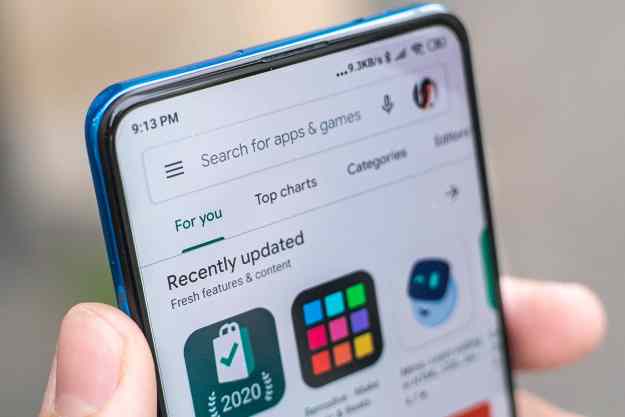
The feature is quite simple in practice. The default action to trigger the panic response is four presses of the back button, however XDA Developers notes that the number of presses can be modified in Android’s SystemUI application package (APK), one of the operating system’s core services. SystemUI controls the notification shade, status bar, and navigation buttons, so it makes sense that it would be involved in this process.
Once the system determines four presses have been made in quick succession, you exit the app. It’s that simple — though, as Bleeping Computer notes, although the feature exists in the code, it seems it hasn’t been enabled for any devices yet. Developers and those familiar with Android can switch it on for themselves if they’d like, though it’s unclear how reliable the feature is at this stage. Google has not formally announced it — either for the simple fact that it’s not ready yet, or because the company is trying to conceal security measures from malicious parties. We’ve reached out to Google for clarification.
Either way, the fact that such an option exists is good news for Android users. While Google has made significant strides in stamping out malware in the Play Store, the relatively open nature of the
Over the last few months, we’ve seen increasingly advanced methods of mobile data theft crop up, so it’s quite possible hackers will find their way around this in time as well. Such is the nature of computer security — there will always be new threats to guard against. Still, just knowing there’s an escape hatch built into Android is sure to give users additional peace of mind.
Editors' Recommendations
- Google is launching a powerful new AI app for your Android phone
- Motorola’s newest cheap Android phone looks shockingly good
- Google just announced 9 new features for your Android phone and watch
- App subscription fatigue is quickly ruining my smartphone
- App developers get relief from Google tax in one of Android’s biggest markets

